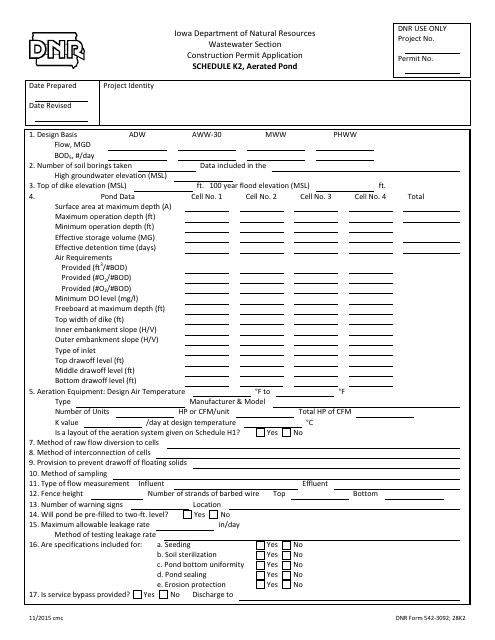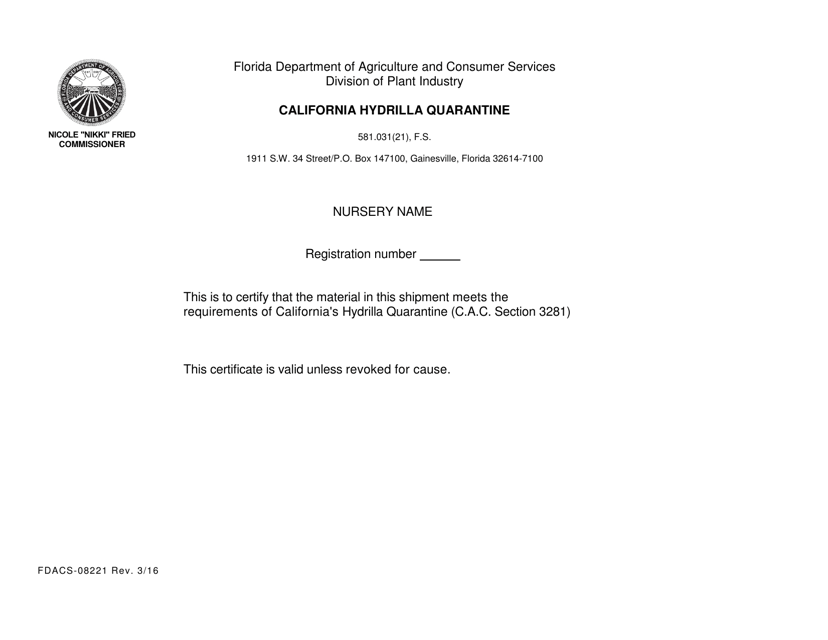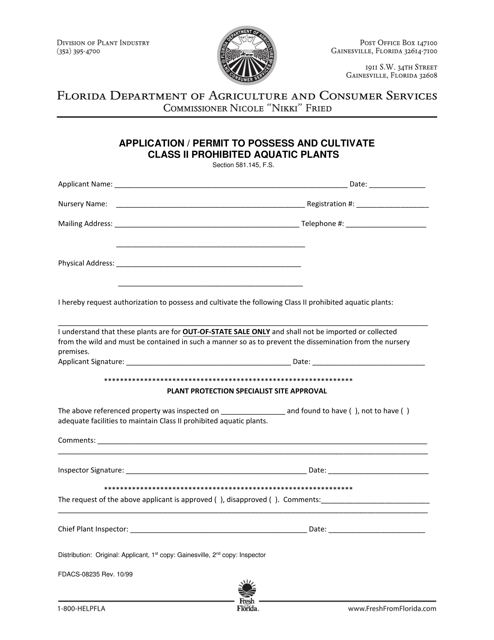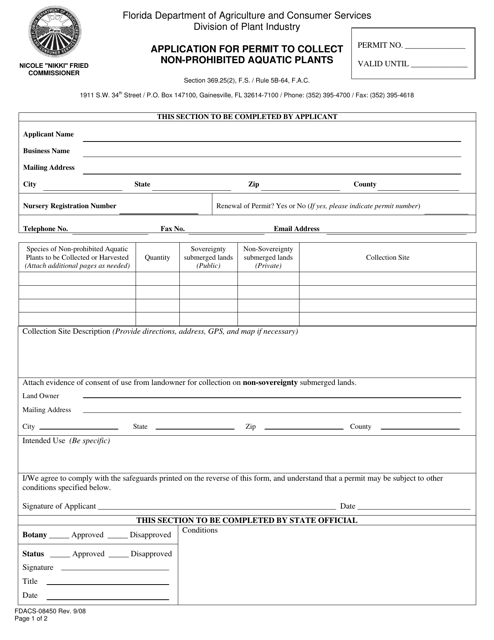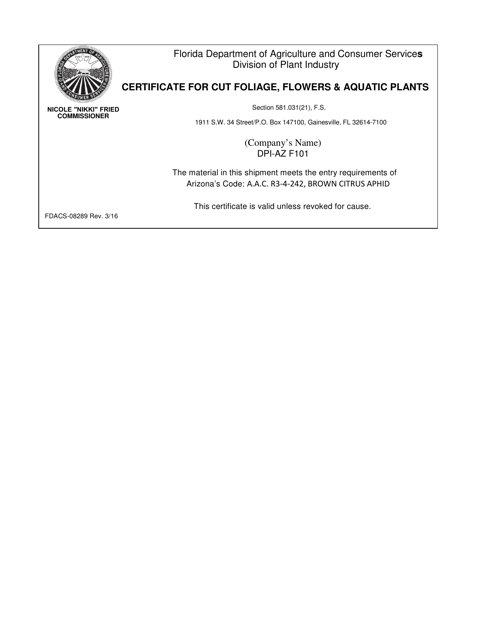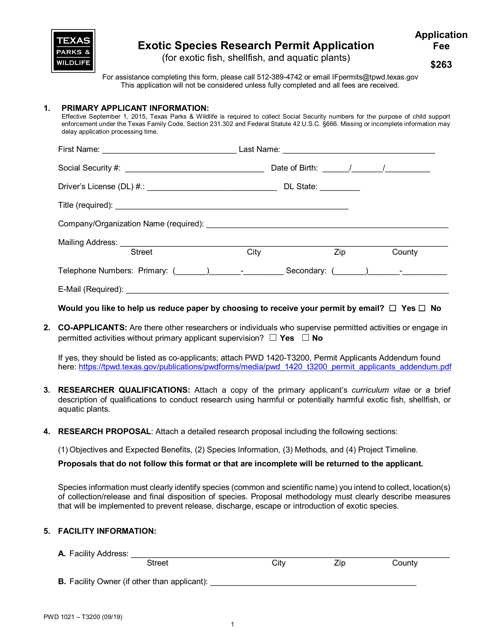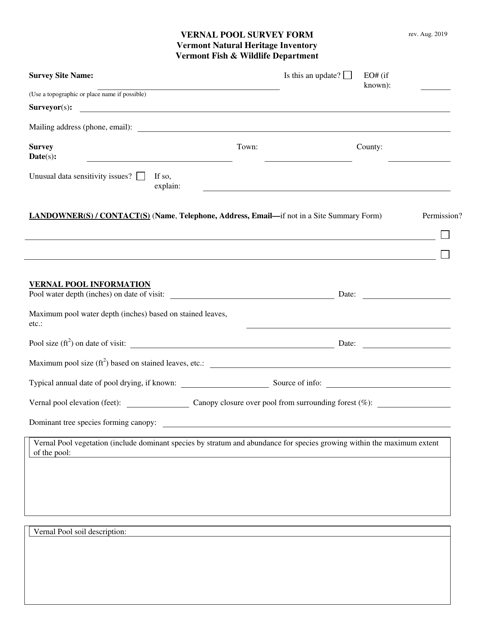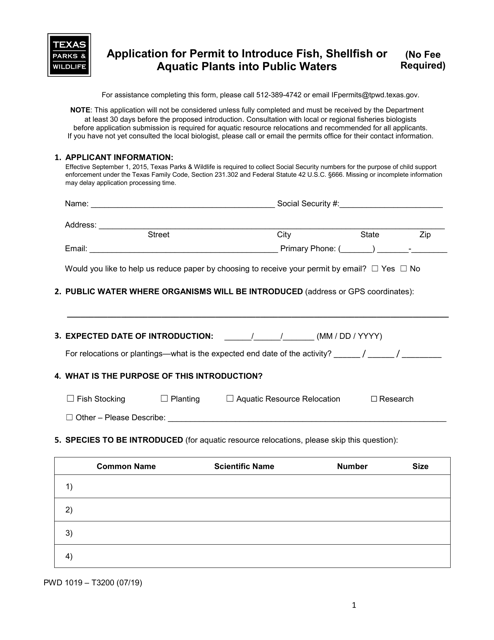Aquatic Plants Templates
Aquatic plants play an essential role in maintaining the health and balance of water ecosystems. These versatile plants not only provide habitat and food for aquatic animals but also contribute to water quality improvement and erosion prevention. Whether you call them aquatic plants, water plants, or even hydrophytes, these organisms are crucial for the overall well-being of our water bodies.
In various states across the USA, several documents are dedicated to managing and regulating aquatic plants. For instance, the DNR Form 542-3092 Schedule K2 Aerated Pond, created by the Iowa Department of Natural Resources, aims to monitor and control the presence of aquatic plants in aerated ponds. Similarly, the Form FDACS-08221 California Hydrilla Quarantine, established by the Florida Department of Agriculture and Consumer Services, focuses on preventing the spread of the invasive Hydrilla plant.
Moreover, different states provide documentation specifically designed for researching and studying aquatic plants. For example, the Form PWD1021 Exotic Species Research Permit Application in Texas allows researchers to delve into exotic fish, shellfish, and aquatic plants. In Vermont, researchers utilize the Vernal Pool Survey Form created by the Vermont Natural Heritage Inventory to understand and conserve the unique plant species found in vernal pools.
When it comes to the introduction of fish, shellfish, or aquatic plants into public waters, states such as Texas require individuals to complete the Form PWD1019 Application for Permit. By implementing such regulations, states aim to prevent the introduction of invasive species and ensure the preservation of native aquatic plants.
These documents and permits not only enable the efficient management and preservation of aquatic plants but also facilitate important research and conservation efforts. Whether you are a researcher, water enthusiast, or simply someone interested in understanding the significance of aquatic plants, exploring these documents will provide valuable insights into the intricate world of underwater flora.
Documents:
8
This Form is used for reporting information about an aerated pond in Iowa for the purpose of complying with the Department of Natural Resources (DNR) regulations.
This Form is used for obtaining a California Hydrilla Quarantine from the Florida Department of Agriculture and Consumer Services.
This form is used for applying for a permit to possess and cultivate Class II prohibited aquatic plants in Florida.
This form is used for applying for a permit to collect non-prohibited aquatic plants in the state of Florida.
This form is used for obtaining a certificate for cut foliage, flowers, and aquatic plants in the state of Florida. It is required for businesses involved in the sale or transportation of these plant products.
This form is used for applying for a research permit to study exotic fish, shellfish, and aquatic plants in Texas.
This Form is used for conducting a survey on vernal pools in Vermont. The Vermont Natural Heritage Inventory uses this document to collect data on the presence and characteristics of vernal pools in the state.
This form is used for applying for a permit to introduce fish, shellfish, or aquatic plants into public waters in Texas.

